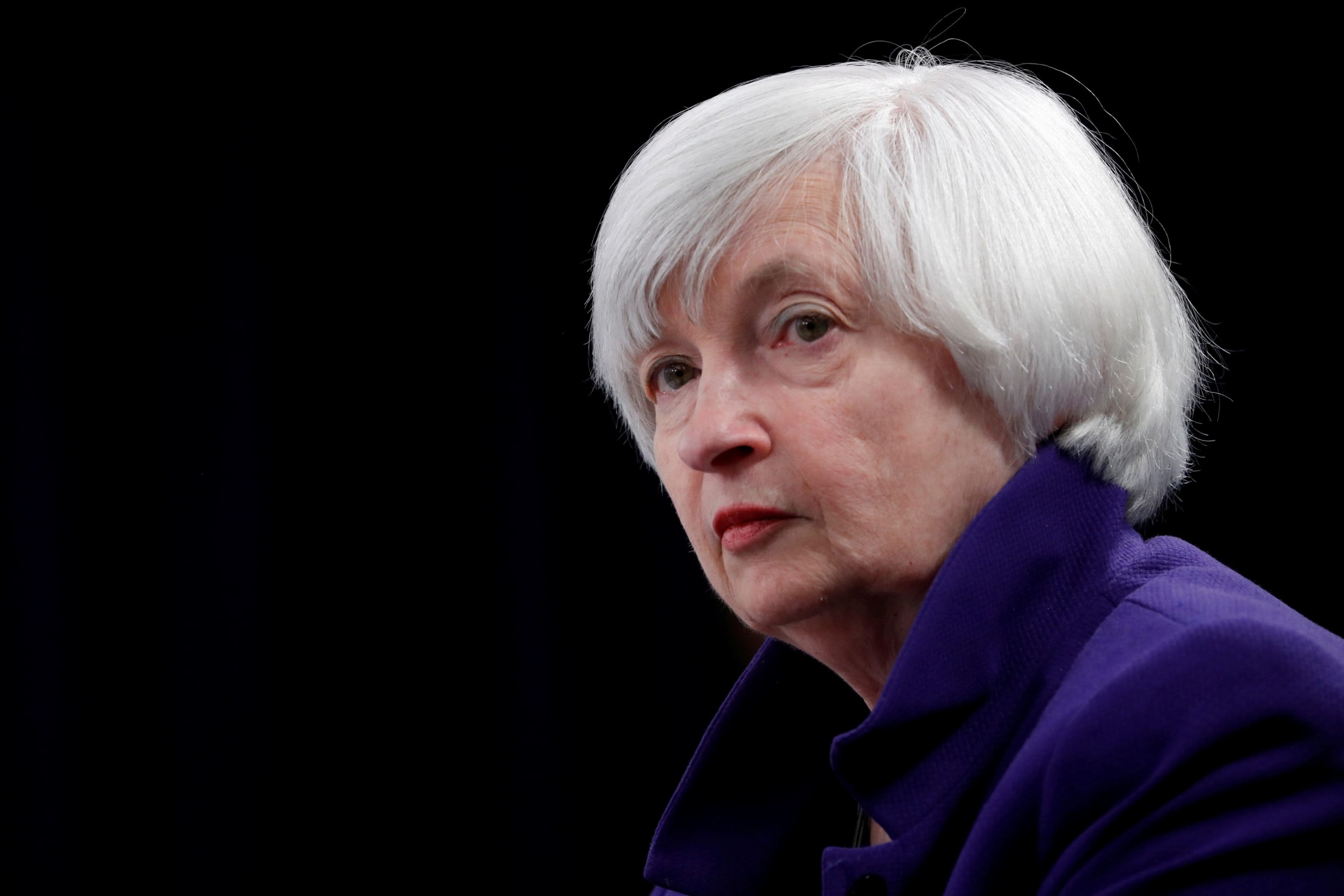At the end of a meeting with the White House Task Force on Financial Markets, the U.S. Secretary of the Treasury, urged the importance of regulating as soon as possible, stablecoins, cryptocurrencies backed by a fiat currency.
For this summit meeting, the heads of the U.S. Central Bank (Fed), Jerome Powell and the U.S. Securities and Exchange Commission (SEC), Gary Gensler took part in the meeting alongside Janet Yellen.
The group discussed the staggering growth of stablecoins in this Bear Market period. They also looked at their potential uses as well as the risks to end users and the financial system.
The group told reporters that they plan to release regulatory recommendations for stablecoins in the “coming months,” Jerome Powell had previously alerted Congress to the need to regulate stablecoins.
He had stated:
“Tether is primarily backed by debt known as ‘commercial paper’. Most of the time they are very liquid, but during financial crises, the market just disappears”. And that’s when people will want their money.
Regulators want to “tackle” the risks associated with its assets. Last week, in the memo announcing the meeting, the Treasury Department wrote :
The meeting of regulators will allow us to assess the potential benefits of stable currencies while mitigating the risks they may pose to users, markets, or the financial system.
The three largest stablecoins currently account for over $100 billion. Despite the market downturn, they have managed to maintain fairly high trading volumes. It’s not at all surprising to see these cryptos in the top 10. The risk not cited by regulators is that dollar deposits from savers will substitute for stablecoins.
Stablecoins have the advantage of being less volatile than other cryptocurrencies like Bitcoin or Ethereum. Their price varies between $0.9-$1.10 but for the most part, their value stabilizes around one dollar.


